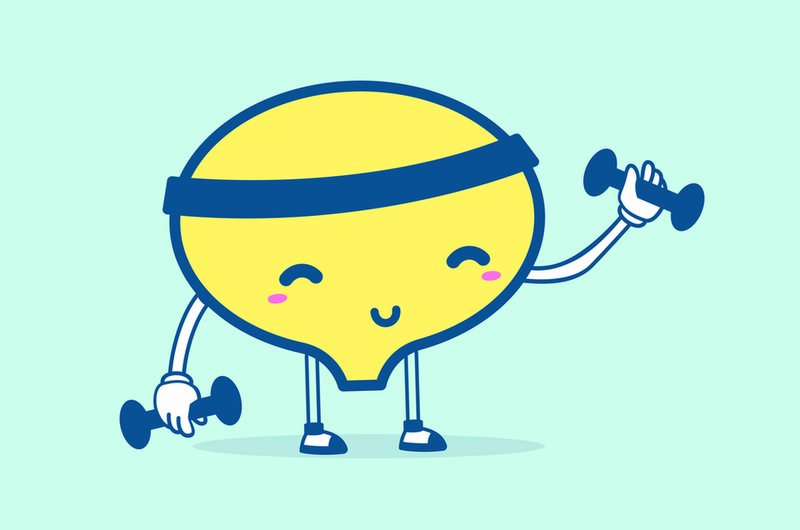

fact or fiction:
Incontinence happens to everyone with age.
False: Not everyone develops incontinence as they age.
While aging is one risk factor, there are other reasons this condition develops. For some, obesity puts pressure on the bladder. For men, the prostate can enlarge, or prostate cancer can lead to incontinence. For women, hormonal and weight changes from pregnancy can weaken muscles. Or childbirth can stretch the pelvic floor muscles and lead to leaks. Menopause is another common cause. Sometimes family history is all it takes.


fact or fiction:
Urine Leaks are caused by childbirth.
Partly true: It’s true that pregnancy and giving birth can stretch muscles in the pelvis and cause incontinence. But not every women experiences urine leaks after childbirth. There are many other reasons why it develops.


fact or fiction:
You can train your bladder.
True: Your bladder is trainable! The decision to train your bladder depends on the problem. Bladder training helps improve bladder strength and control. It’s used to treat or manage urinary incontinence or overactive bladder. It can help you limit symptoms and leaks.
These five bladder-training steps can help you gain bladder control:
- Keep notes for a few days. Track how often you pass urine or leak (write the time).
- Learn how much time you have between passing urine.
- Set a goal to hold back longer between bathroom visits. Take small steps (5, 10, 15 minutes longer).
- Try Kegels to strengthen your pelvic floor muscles.
- After a few days, increase time between bathroom visits until you can hold for 3-4 hours.

UrologyHealth.org | FALL 2021 | UROLOGYHEALTH extra